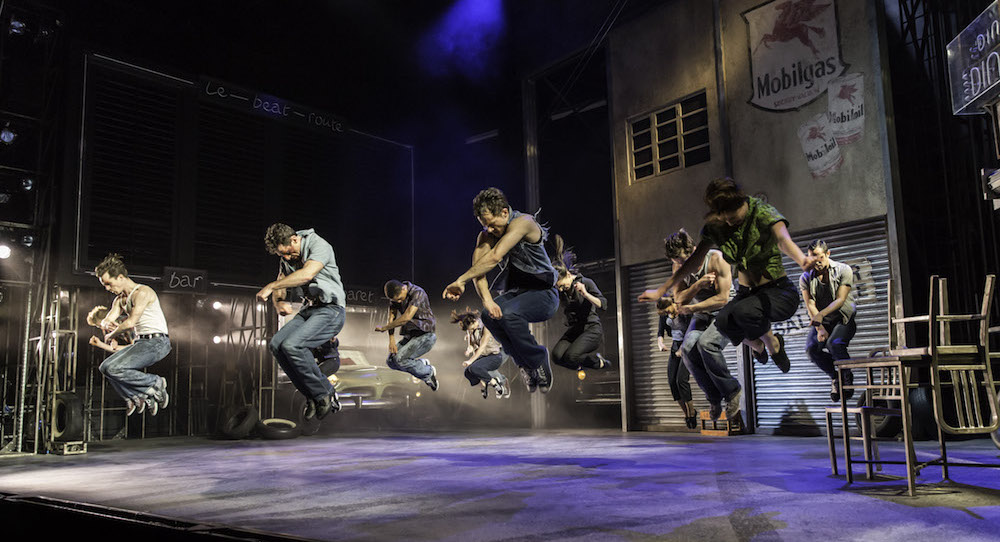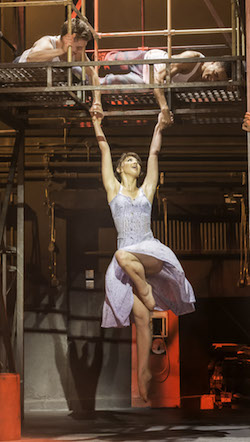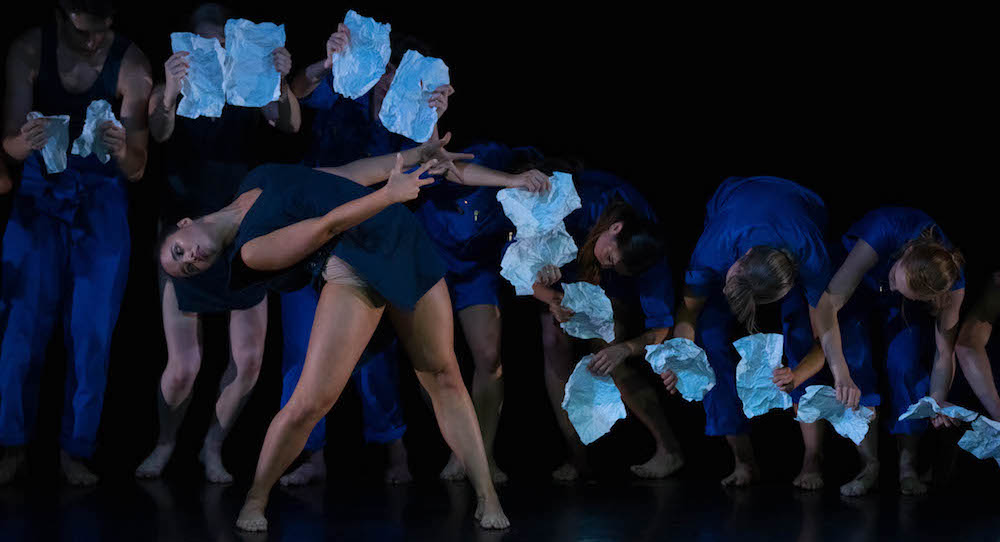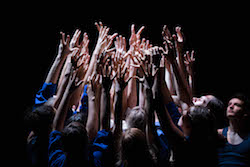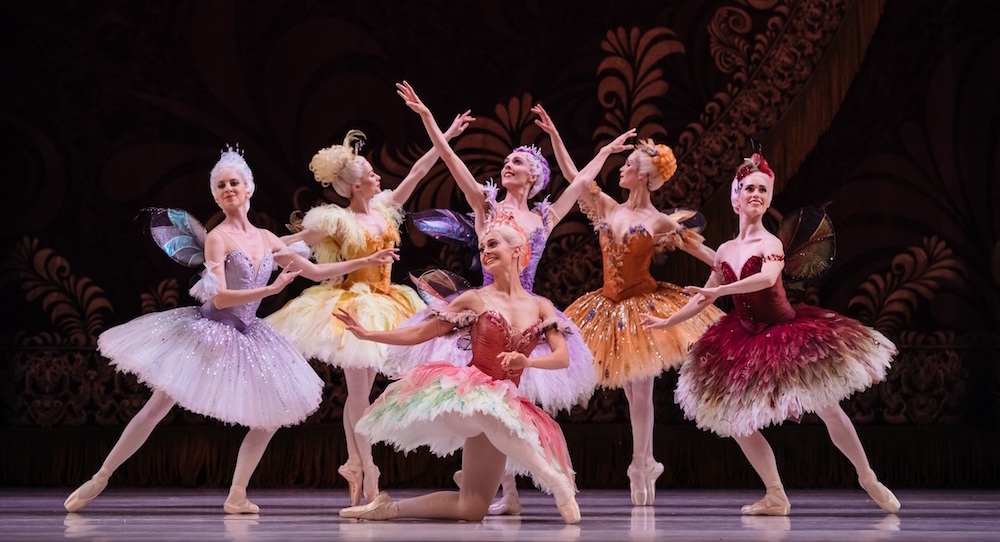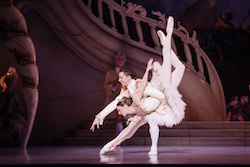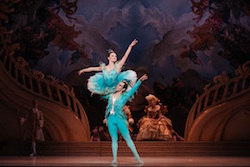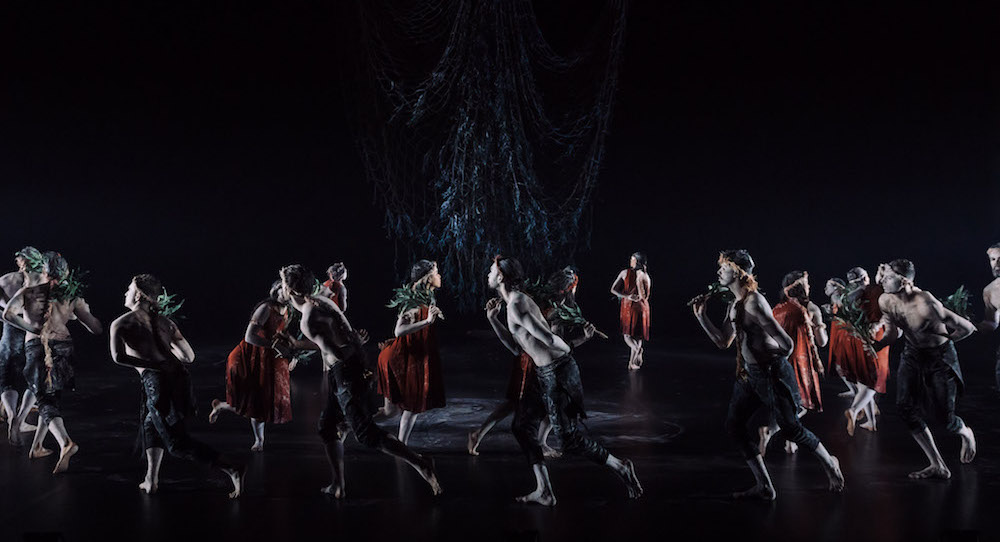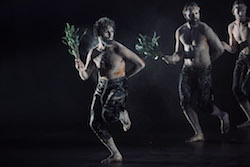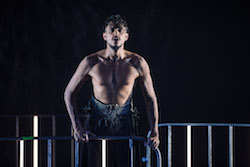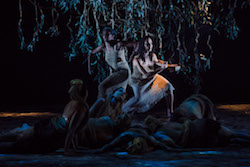A terrific performance of this excellent traditional version .Here's my thoughts for Sydney Arts Guide
http://www.sydneyartsguide.com.au/royal-opera-house-live-royal-ballet-nutcracker/
ROYAL OPERA HOUSE LIVE : THE ROYAL BALLET PERFORM SIR PETER WRIGHT’S ‘THE NUTCRACKER’
Featured photo- Alexander Campbell and Francesca Hayward.
You can tell it is Christmas as we have revivals of THE NUTCRACKER again.
This was another revival of the much loved production with some cast changes for some of the principals to the version I saw earlier this year.
It is a lavish, opulent, incredibly detailed production – a quite traditional and enchanting rendition , seeking to keep to the original Petipa/Ivanov , with some technically amazing dancing, particularly in the second act. The Orchestra of the Royal Opera House, led enthusiastically and energetically by maestro Barry Wordsworthplayed magnificently.
Visually this production is stunning with opulent, lavish sets and costumes (by Julia Trevelyan Oman) of the Victorian era and it also features some wonderful special effects, including a Christmas tree that grows and grows on stage and gliding angels.
There was plenty of misty dry ice for the clouds and the huge sleigh that Clara and Hans -Peter travel in is sumptuous.
In this Royal Ballet version, most of Act 2 is presented as Clara’s dream , in which Herr Drosselmeyer is seen trying to control everything in order to effect Hans-Peter’s release.
The waltzes of the Flowers and Snowflakes were enchantingly performed, and the corps de ballet were exacting in weaving their intricate patterns, with fast fiddly footwork and flickering hands for the snowflakes.
The Rose Fairy, leading the Waltz of the Flowers, as danced by Yasmine Naghdi, was radiant and featured crisp, fleet footwork and dainty epaulement.
Much fun is had in Act 1 with the Christmas party at the Stahlbaum’s and the battle between the Nutcracker and the golden maned Mouse King, performed by Nicol Edmonds was excitingly staged.
The doll dances, in this version presented as entertainment by Herr Drosselmeyer, were first a Harlequin and Columbine and then a couple dressed military style in blue and yellow. Both couples become involved in Clara’s dream and her being whisked away to the Kingdom of Sweets with the Nutcracker prince.
Francesca Hayward delightfully reprises her role as the fresh, innocent Clara, all dreamy and wide eyed. Whilst seemingly demure, underneath she is somewhat adventurous and strong willed, Hayward danced her role most expressively with burnished footwork and delicious fluid movement.
Hans-Peter, Herr Drosselmeyer’s nephew caught in the Mouse King’s spell as the Nutcracker, was danced with charming, dashing brio by expat Australian Alexander Campbell. He is buoyant with a strong jump and secure partnering.It was interesting to note that both Clara and Hans-Peter join in the ‘national dances’ featured in Act 2. In most productions this is often not the case.
Gary Avis as Herr Drosselmeyer was mysterious, charming, magical and avuncular, weaving his Christmas magic to ensure an eventual happy ending. His portrayal only lightly hinted at his character’s sinister, darker side – but be careful! There were touches of humour such as in his obvious dislike of Clara’s rather noisy and obnoxious brother Fritz, as danced by Caspar Lench. Mention should also be made of his Harlequin like Jack-In-The -Box assistant, as danced by Luca Acri ,with his incredible jumps.
The ‘national dances’ in Act 2 , that Drosselmeyer presents, are also memorable. The Spanish Dance was vibrant in red and black, the Arabian mesmerising, sultry, slinky and exotic, sinuously sculptural in parts, featuring some most unusual lifts – and with hints of Fokine perhaps. The Chinese dance features turquoise and white costumes, and features plenty of difficult jumps.
As The Sugarplum Fairy and her Prince, Sarah Lamb and Steven McRae were amazing. Their showstopping grand pas de deux in Act 2 brought the house down and there were screams of bravo. McRae was jaw dropping with his incredible jumps and turns in his solos and assured elegant partnering. Lamb was regal and stylish, with a cool, filigree aura, displaying ferocious technique and exquisite epaulement.
Wonderful Christmas fare for all the family.
Running time allow 2 hours 40 minutes including one interval.
The Royal Ballet in The Nutcracker screens at selected Event cinemas 16- 20 December 2017.


